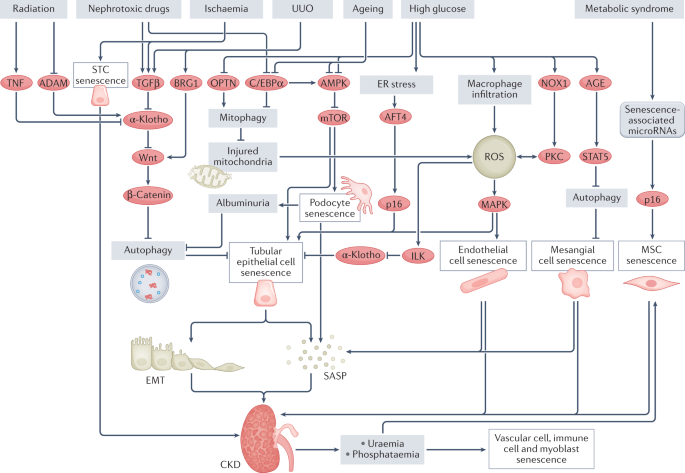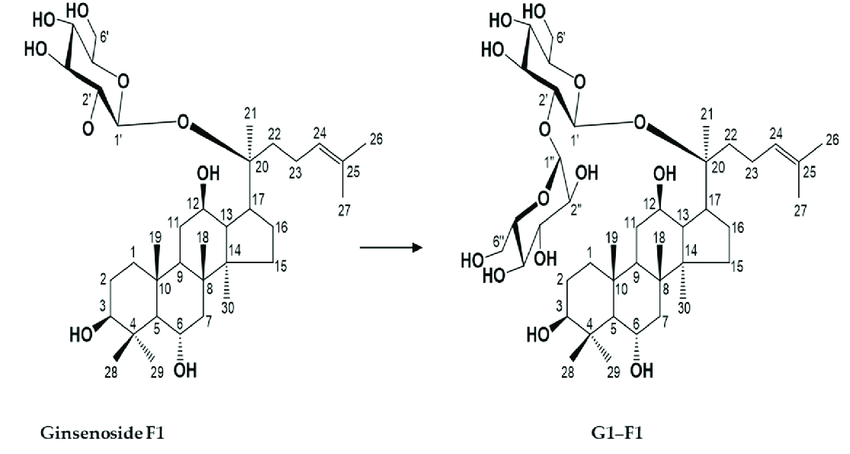Replicatively senescent cells are arrested in G1 and G2 phases - Figure F1
Por um escritor misterioso
Descrição
Senescent human fibroblast cultures contain a large fraction of putative G2-arrested cells with 4N DNA content. (A) Propidium iodide (PI) staining and flow cyctometric analysis of HCA2 normal human foreskin fibroblasts. Cells entered senescence at PD73. (B) PI staining of replicatively senescent human lung fibroblasts WI-38, and IMR-90 at PDs 73 and 68 respectively. (C) The fraction of 4N cells in senescent cell population does not diminish with time. Replicatively senescent HCA2 cells were analyzed by PI staining at weekly intervals for 10 weeks stating from the onset of senescence.
Replicatively senescent cells are arrested in G1 and G2 phases

Cellular senescence preserves viral genome maintenance

Cellular senescence: the good, the bad and the unknown

Cellular senescence: the good, the bad and the unknown

Releasing YAP dysfunction‐caused replicative toxicity rejuvenates

Distinct Initiation and Maintenance Mechanisms Cooperate to Induce

Expansion and Cell-Cycle Arrest: Common Denominators of Cellular

Cellular Senescence: From Mechanisms to Current Biomarkers and

Figure 3 from SUN1 silencing inhibits cell growth through G0/G1

Full article: Dysregulated endolysosomal trafficking in cells

Necessary and Sufficient Role for a Mitosis Skip in Senescence
de
por adulto (o preço varia de acordo com o tamanho do grupo)







